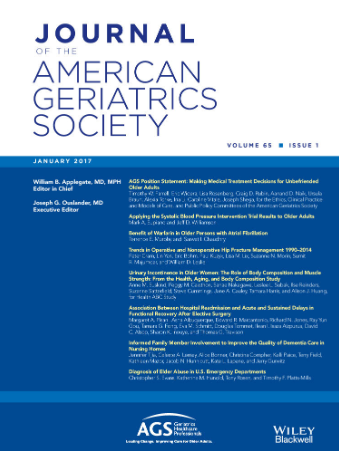Development of an Annual Mobility Screen for Preclinical Mobility Limitation: Test Selection and Interpretation Guidelines
Abstract
Background
Preclinical mobility limitation (PCML) is an emerging public health issue in the United States. A standardized assessment to identify those with PCML has not been established. A Task Force of the American Physical Therapy Association's Academy of Geriatric Physical Therapy (APTA Geriatrics) developed an evidence-based protocol for an Annual Mobility Screen (AMS) with the potential to meet this gap in practice. Early identification of PCML increases the potential for remediation, improved function, and a slower rate of decline. Because mobility is key for independence and quality of life, aging adults would value access to mobility screening. Physical therapists, experts in movement, are uniquely qualified to provide this service.
Methods
This report reviews decision-making for the selection of test/measures and the development of an interpretation rationale for an AMS. Test selection criteria included ratio level measures (time, distance, repetition), time or equipment requirements, ability to predict adverse health events, and availability of reference values.
Results
Four performance-based measures met inclusion criteria: self-selected and fast walking speed (overall mobility and functional reserve), 30 s Chair Stand (lower extremity muscle performance), Four Square Step test (dynamic balance stepping over low obstacles and changing direction), and Timed Up Go cognitive (ability to dual task while moving). Classification of mobility was based on normal distribution of performance across the population of aging adults as follows: PCML unlikely (at or above—0.5 SD or more from mean for age/gender), PCML likely (between −0.5 SD and − 1.0 SD from mean), and impending mobility limitation (−1 SD below the mean).
Conclusion
The AMS was developed to identify older adults with PCML. The reliability and validity of the AMS and its interpretation strategies will be evaluated as the screening protocol is piloted.


 求助内容:
求助内容: 应助结果提醒方式:
应助结果提醒方式:


